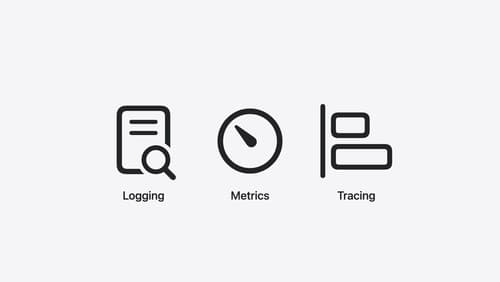what is protocol-oriented programming
Asked on 2024-08-12
1 search
Protocol-oriented programming is a programming paradigm that emphasizes the use of protocols to define interfaces and abstractions in Swift. A protocol is an abstract set of requirements for a type, and a type can conform to a protocol by providing implementations for all of its requirements. This approach allows for more flexible and reusable code, as protocols can be used with both value and reference types, unlike traditional class hierarchies which are limited to reference types.
In Swift, protocols provide a more general way to build abstractions, allowing developers to define common interfaces that multiple types can conform to. This is particularly useful for creating flexible and modular code. For example, the Swift standard library uses protocols to define common interfaces for collection types like arrays, dictionaries, and sets.
For more details, you can refer to the session A Swift Tour: Explore Swift’s features and design (14:06) from WWDC 2024, which covers protocols and their role in Swift programming.

Consume noncopyable types in Swift
Get started with noncopyable types in Swift. Discover what copying means in Swift, when you might want to use a noncopyable type, and how value ownership lets you state your intentions clearly.

Explore Swift performance
Discover how Swift balances abstraction and performance. Learn what elements of performance to consider and how the Swift optimizer affects them. Explore the different features of Swift and how they’re implemented to further understand the tradeoffs available that can impact performance.

Explore the Swift on Server ecosystem
Swift is a great language for writing your server applications, and powers critical services across Apple’s cloud products. We’ll explore tooling, delve into the Swift server package ecosystem, and demonstrate how to interact with databases and add observability to applications.
